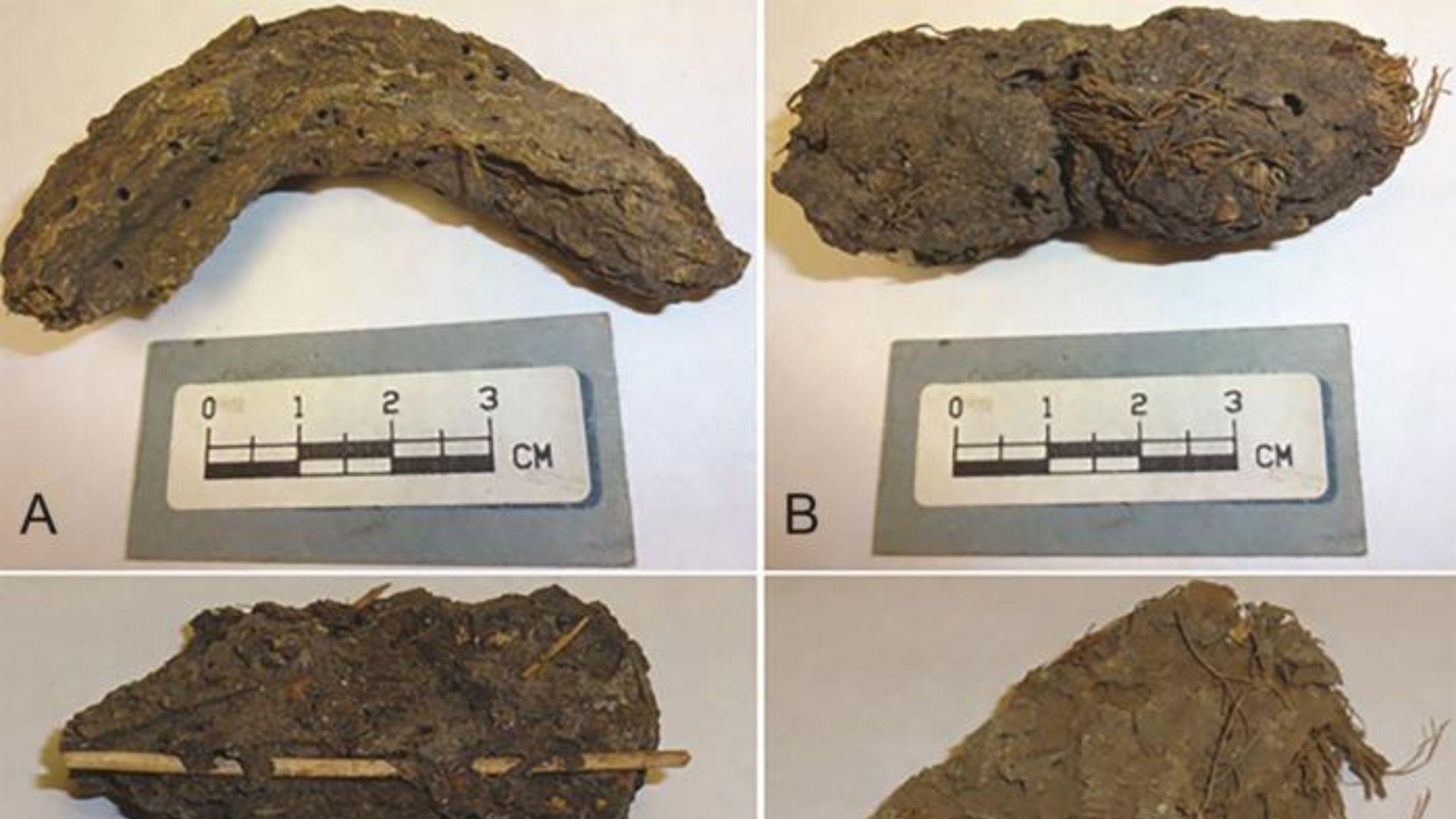Ten samples of ancient dry human feces have been discovered from the dead children's cave in Mexico (La Cueva de Los Muertos Chiquitos).
DNA analysis of dried human feces from 1,100 to 1,300 years old has provided information about the pathogens that affected the ancient Mexican people.
The team came from Indiana University to the US children's camp in Mexico (la Cueva de Los Muertos).
"Working with ancient medicinal models is like opening a window to chemistry and human health every day," the study wrote in an Oct. 22 statement.
The excrement of the people of Loma San Gabriel.
This prehistoric group inhabited much of northwestern Mexico, including what is now Durango, western Zacatecas, and southern Chihuahua.
Ancient people are a wonderful source of information about intestinal parasites that affected ancient people.
However, the destruction of the tumor over time limits the power of such studies.
To overcome this problem, Capone and his colleagues used a well-refined and sensitive fecal qualiss method on 10 samples of human feces.
This study was a successful genetic analysis of a diverse collection of city plastides within ancient religious institutions.
Important discoveries include several previously undiscovered pathogens in ancient feces, including the protozoan Blastocystis and several strains of E. coli bacteria.
Other pathogens, e.g., worms, are common features and are found in most analytical samples.
This evidence indicates that a variety of intestinal parasites were common in ancient humans and suggests the possibility of widespread intestinal infections in that population.
Proof of concept of technology
The discovery of a high prevalence of tube parasites in analyzed samples suggests that intestinal infections and poor hygiene are widespread among the Loma San Gabriel people.
However, the study authors caution that these findings are based on only 10 negative samples.
They suggest that future studies involving larger numbers of samples may provide a more comprehensive and accurate assessment of the full spectrum of pathogens that affected these ancient cultures.
Additionally, the detection of specific human pathogens validates this DNA analysis method as a reliable method for distinguishing animal feces from other animal wastes.
"There is a lot of potential to focus modern molecular methods on the study of ancient times, and the observation that the target can be observed when the target is a certain llamasi," he said.
"We look forward to continuing this collaboration to better understand the presence and movement of pathogens in ancient samples," Brown said.
This paleomicrobiology study shows how cutting-edge scientific methods can reveal the previously hidden health history of ancient populations.
Another recent study analyzed the remains of a young adult man who died in Mexico 1,000 years ago.
This has led to the identification of specific bacteria in the human gut, and some of these types of bacteria are also found in the modern human microbiome.
The study was published in the journal Plos One.








